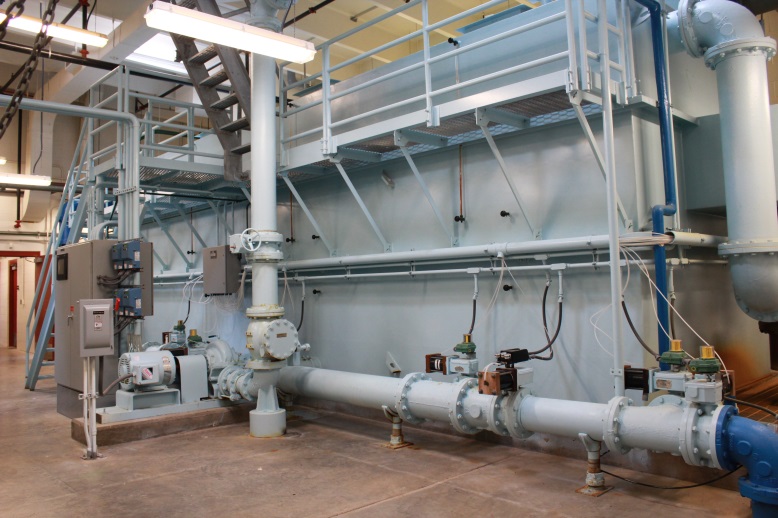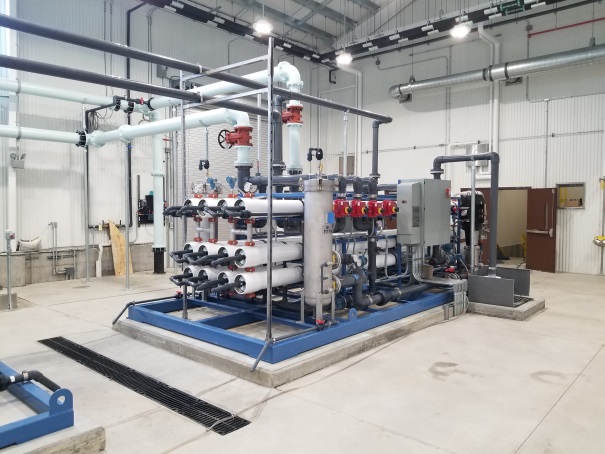Water Treatment
An integrated solution for water treatment 18th May 2018
By Michael Smith
There are many treatment options to remove hardness and Fe/Mn from drinking water, but finding a single solution to address

Iron and manganese (Fe/Mn) are common in groundwater supplies. Iron is the more common contaminant and is known to be a major cause of membrane contamination and product failures, but the two often occur together. Although iron and manganese do not pose any known adverse health risks for most people, high levels of these minerals can cause discoloured water and stained plumbing fixtures, and they might contribute to an unpleasant metallic taste to drinking water.
Sequestering: Rather than removing Fe/Mn from the water, sequestration binds Fe/Mn in soluble form, preventing oxidization. This is only an option if the Fe/Mn are in the form of ferrous iron (Fe2+) and manganous (Mn2+), and if the combined concentration is below 3 mg/L. Polyphosphates followed by chlorination can be an inexpensive method for sequestering Fe/Mn in a pH range of 5 to 8. However, because phosphate compounds are nutrients that contribute to the eutrophication of surface waters, appropriate methods of treating the waste water must be used. Sodium silicate and chlorine – which breaks down less readily than phosphate compounds in hot water systems – is an alternative for Fe, but is less effective for Mn.
Ion exchange: Salt-based softeners that contain a cation exchange resin can usually help reduce small amounts of dissolved iron and/or manganese from water (less than 1 mg/L iron). Water softeners are usually only considered if water hardness is also a problem, and when the combined Fe/Mn is below 5mg/L. Ion exchange will not work if the iron has oxidized, if the iron has combined with organic material or humic acid, or if iron bacteria is present.
Oxidizing filters: Oxidizing filters are generally used to treat higher levels of Fe/Mn. Examples of products that fall into this category include greensand, anthrasand (anthracite sand) and zeolite filters. Potassium permanganate (KMnO4) is used to coat greensand and anthrasand with manganese oxide, giving it a catalytic effect; natural and synthetic zeolite filter media have a catalytic effect. While these systems can generally be used to treat both dissolved and particulate iron, the pH of the water must be at least 7, and greensand and anthrasand systems require regular maintenance/backwashing to remove the Fe/Mn captured by the system.

Contact:
Mary Sitko, Director of Municipal Equipment Sales
E: msitko@uswaterservices.com
W: www.tonkawater.com


